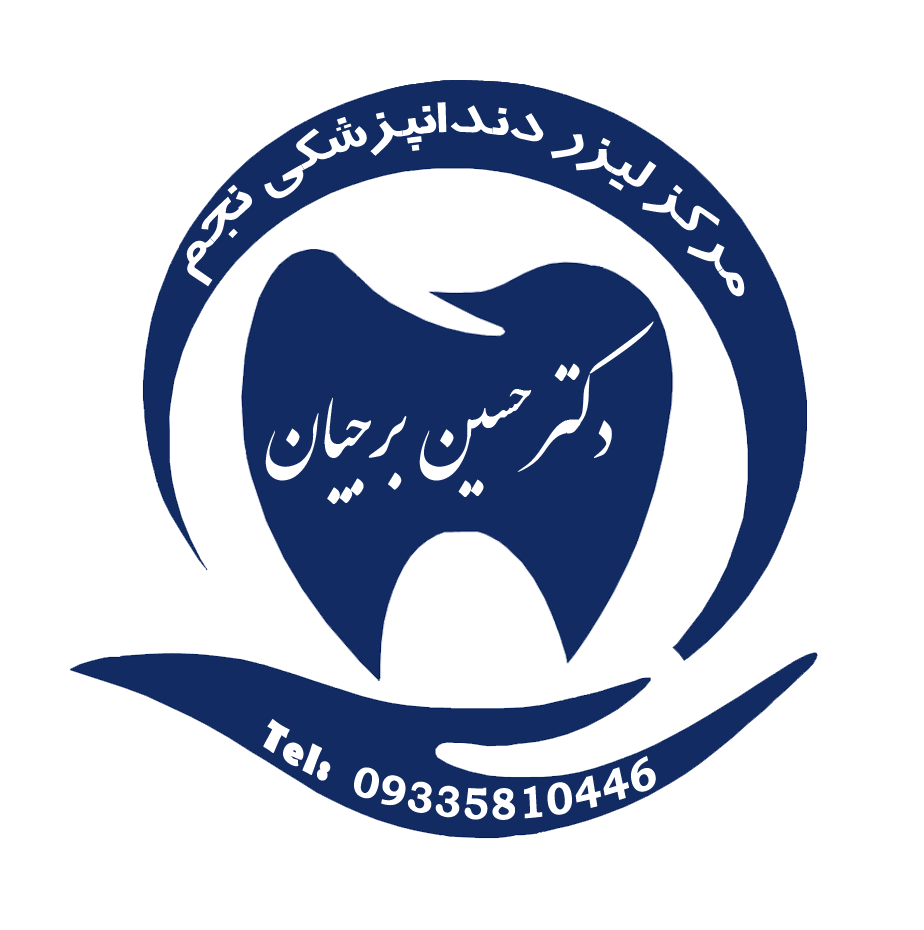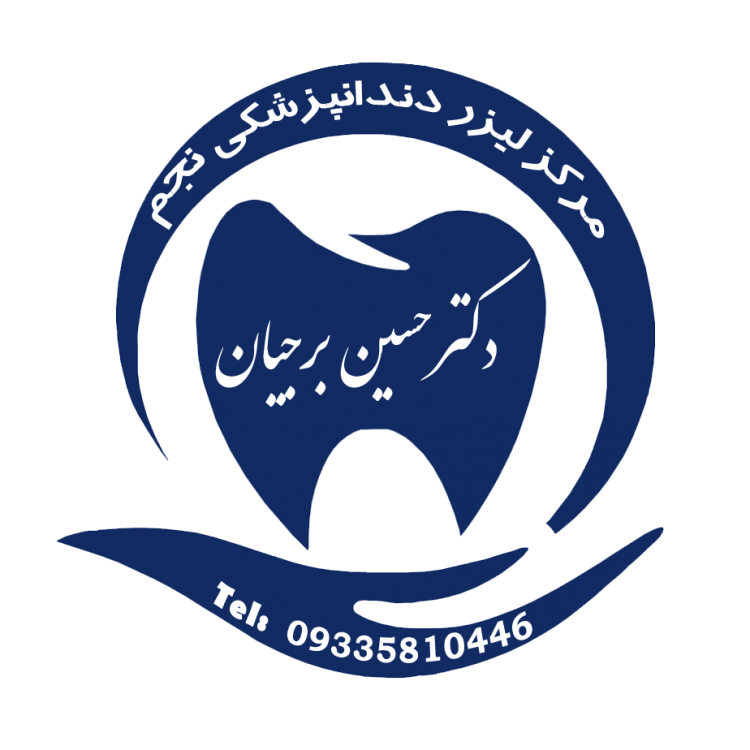Familiarity with the classification of types of injuries to the dental nerve
The purpose of the patient's examination is to determine the classification of the damage to the dental nerve and, therefore, the chances of its recovery. There are several classifications for nerve damage, each of which has its own advantages, especially for doctors who treat this problem. Saddon's classification is more useful and easier to use for occasional cases that most dentists encounter and is introduced in this book.. Today's article on Dr. Hossein Borjian's website The best dentist in Isfahan which is compiled for you dear readers. We will study and review the classification of all types of injuries to the dental nerve.
There are 3 types of nerve damage in Saddon's classification:
- AXONOTMESIS
- Neurotmesis
- Neurapraxia
It is a brief injury to the nerve that occurs due to compression or pulling back of the nerve. Examples of nerve compression include: : Pressure from the retractor on the mental foramen, hydraulic pressure caused by saline or blood in the implant site when the implant is twisted in the ostomy site, bleeding after Intraosseous operation Or around the mental hole, the implant that entered the mandibular canal . A piece of bone that interferes with the canal during the preparation of the osteotomy site or placing the implant, or even a stitch too much due to the flap being pushed aside against trauma while using rotary drills. . But in neuraparaxia there is no kind of axonal generation.
Behind the point of nerve damage, there is a temporary stop of nerve conduction during the nerve recovery period . Sudden recovery of altered sensation often occurs within 1 to 4 weeks after this type of nerve injury . Fortunately, the most common nerve damage observed when no specific invasion of the nerve trunk is done is this type. When nerve damage is seen in the patient two days after surgery, one day of oral corticosteroid ( For example, decadron dose of 8 mg ) Reduces inflammation and swelling in the area.
Suggested content : Advantages of using vestibuloplasty techniques
If the nerve trunk is compressed or stretched more than usual during surgery, an intravenous type of corticosteroid ( For example, 1 to 2 ml of decadron at a dose of 4 mg/ml is used on the affected area for 1 to 2 minutes. This method of direct use reduces the risk of forming Nissl parties resulting from the decomposition of objects that cause paresthesia. Gives .
AXONOTMESIS describes a type of nerve damage with loss of axonal integrity . In any case, the general structure of the nerve remains intact( Endonorium is the hall ). This type of injury is more pronounced and may result in dysesthesia or less than normal nerve recovery. Tensile nerve damage caused by soft tissue flap removal may cause this disorder. Up to 20% increase in length of the nerve remains elastic, but 30% increase in length causes its structural change.
When the diameter of the nerve complex at the exit from the mental foramen is small. This type of injury is more common. Slower nerve traction is better tolerated during nerve trunk axon flap aside . Also, the implant drill may enter on top of the neurovascular canal and create this situation . If the radiograph taken after surgery reveals a slight invasion of the implant into the canal space, it is more prudent to remove it and use Decadrone at a dose of 4 mg/ml. . Corticosteroids have been used successfully in neurosurgery after trauma to the nerve.
Dr. Hossein Borjian's Instagram page
Reducing the amount of inflammation increases the rate of healing . There is no risk of infection in this protocol. After waiting for 2-3 minutes, an implant with a shorter length is placed in place.. In addition Oral corticosteroids ( Decadrone ) It is prescribed for 3 to 5 days. The usual dose is 8 to 12 mg in the morning of the first day, 4 to 6 mg in the morning of the second day, 2 to 3 mg in the morning of the third day..
The initial signs of nerve recovery in this type of injury do not appear 1 to 3 months after the injury . The symptoms of this type of nerve damage appear immediately after surgery and are rarely related to soft tissue swelling, insidious if it is very severe.. It is possible to enter the anesthetic injection needle into the nerve trunk to cause this type of damage, although this condition often causes neuraparxia. . Damage to the lingual nerve during examinations is more common than the alveolar nerve. This prevalence is 2:1 in women compared to men . In case of damage to the lingual nerve, 80% of patients complain of altered sense of taste, and most of them do not show any improvement within 9 to 19 months after the injury..
tip :
- The scientific accuracy of the above published material should be confirmed by the patient's personal consultation with Dr. Borjian.
- This article is managed and published by the site admin.
Ways of communication with the specialized dental center of Najm




